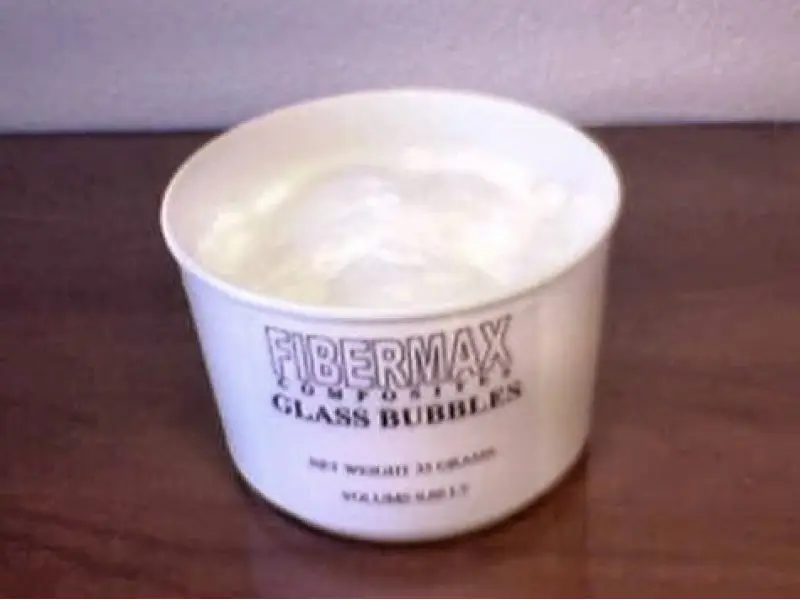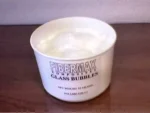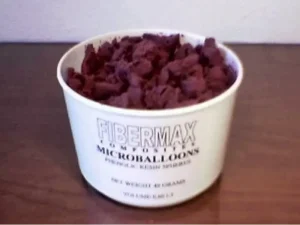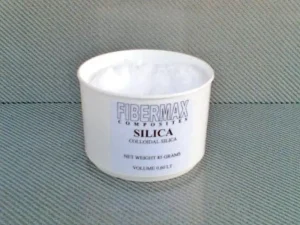Chemically composed of glass, their hollow form helps reduce matrix density. Their spherical shape prevents stress concentration and, as a consequence, increases cracking resistance of putties. In comparison to microballoons, they are physically harder, more waterproof and somewhat more difficult to sand. They have a fractional survival rate of 80% or more, for continuous use at 250 psi in highly filled resin systems. As a result, glass bubbles are also used as an additive for a number of buoyancy applications, in depths of up to 600 m in seawater. Suggested quantity to add in putties depends upon application.
Technical characteristics
Isostatic crush strength (psi): 250
True density (g/l): 100 to 140 (typical 125)
Bulk density: 60% of true density
Thermal conductivity at 21 oC (Wxm-1xK-1): 0.047
Alkalinity (mEq/g): ≤ 0.5
Mean particle size (μ): 65
Conversion data
1 l = 1.057 qt = 33.814 fl oz
1 l = 1.057 qt = 33.814 fl oz





